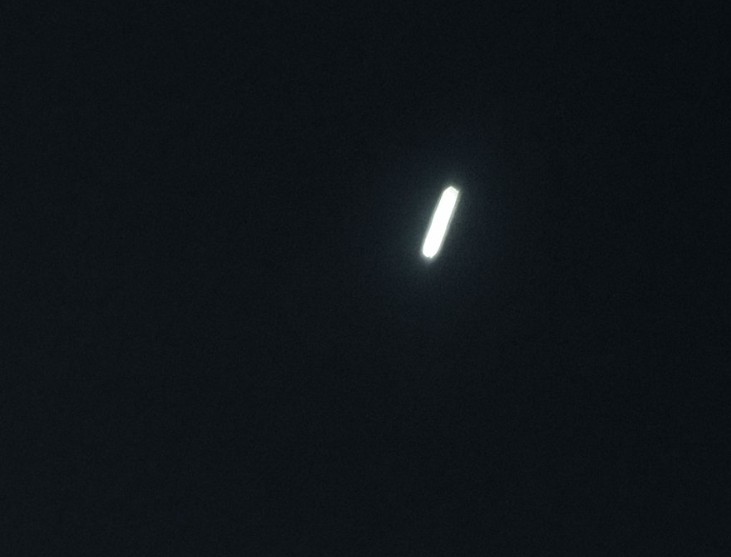Scientists Astounded by Fresh Discovery on Interstellar Comet 3I/ATLAS
A team of astronomers has unveiled an extraordinary breakthrough in the study of interstellar comet 3I/ATLAS, reshaping what we know about how comets evolve across the cosmos.
The icy traveler, first spotted on 1 July 2025, has stunned researchers with its composition and behavior, and it’s not even from our Solar System.
This isn’t your typical comet. Unlike others that orbit the Sun, 3I/ATLAS is on a one-way voyage from another star system, a true wanderer of the galaxy.
At an estimated 7 billion years old, 3I/ATLAS could well be one of the oldest known comets ever observed.
It’s a relic, a fragment from a long-lost star system that existed before our own Sun even ignited. Scientists see it as a time capsule from the early universe, carrying the fingerprints of ancient cosmic chemistry.
Its sheer age and origin make it an astronomical marvel, one that offers clues about how distant planetary systems formed and evolved billions of years ago.
Recent data from NASA’s Neil Gehrels Swift Observatory has revealed something remarkable. Hydroxyl (OH) gas has been detected — a tell-tale signature of water.
The spacecraft also captured strong ultraviolet emissions, indicating that the comet is releasing water vapor at an astonishing rate of around 40 kilograms per second.
This means that 3I/ATLAS behaves much like our local comets, despite coming from an entirely different stellar neighborhood.
Scientists can now study it using the same models they apply to comets from our own Solar System, a rare and exciting opportunity.
The discovery of water activity three times farther from the Sun than Earth is nothing short of groundbreaking.
Until now, astronomers believed that sunlight at such distances wouldn’t be strong enough to vaporize ice. But 3I/ATLAS is proving otherwise.
Sunlight, it appears, is powerful enough to trigger the sublimation of icy materials even at those extreme distances. This challenges long-held theories about comet behavior and could redefine how scientists model their life cycles.
According to Dennis Bodewits, a physics professor at Auburn University, “Detecting hydroxyl emissions signifies that the building blocks for life’s chemistry may not be unique to the Solar System.”
His statement underscores the profound implications of this find, that the ingredients for life might be scattered throughout the galaxy, drifting between stars aboard icy messengers like 3I/ATLAS.
Although the comet is currently fading from view, astronomers anticipate it will reappear after mid-November 2025, offering another window for observation as it glides closer to the Sun.
Scientists are preparing their instruments, eager to track its changing activity and unlock more secrets from this ancient interstellar visitor.
The story of interstellar comet 3I/ATLAS is more than just a scientific triumph; it’s a reminder of how interconnected our galaxy truly is. Each discovery, each fragment of data, expands our understanding not just of comets, but of life itself.
And as this cosmic traveler continues its journey, one thing is clear: our universe still holds plenty of surprises waiting to be discovered.






